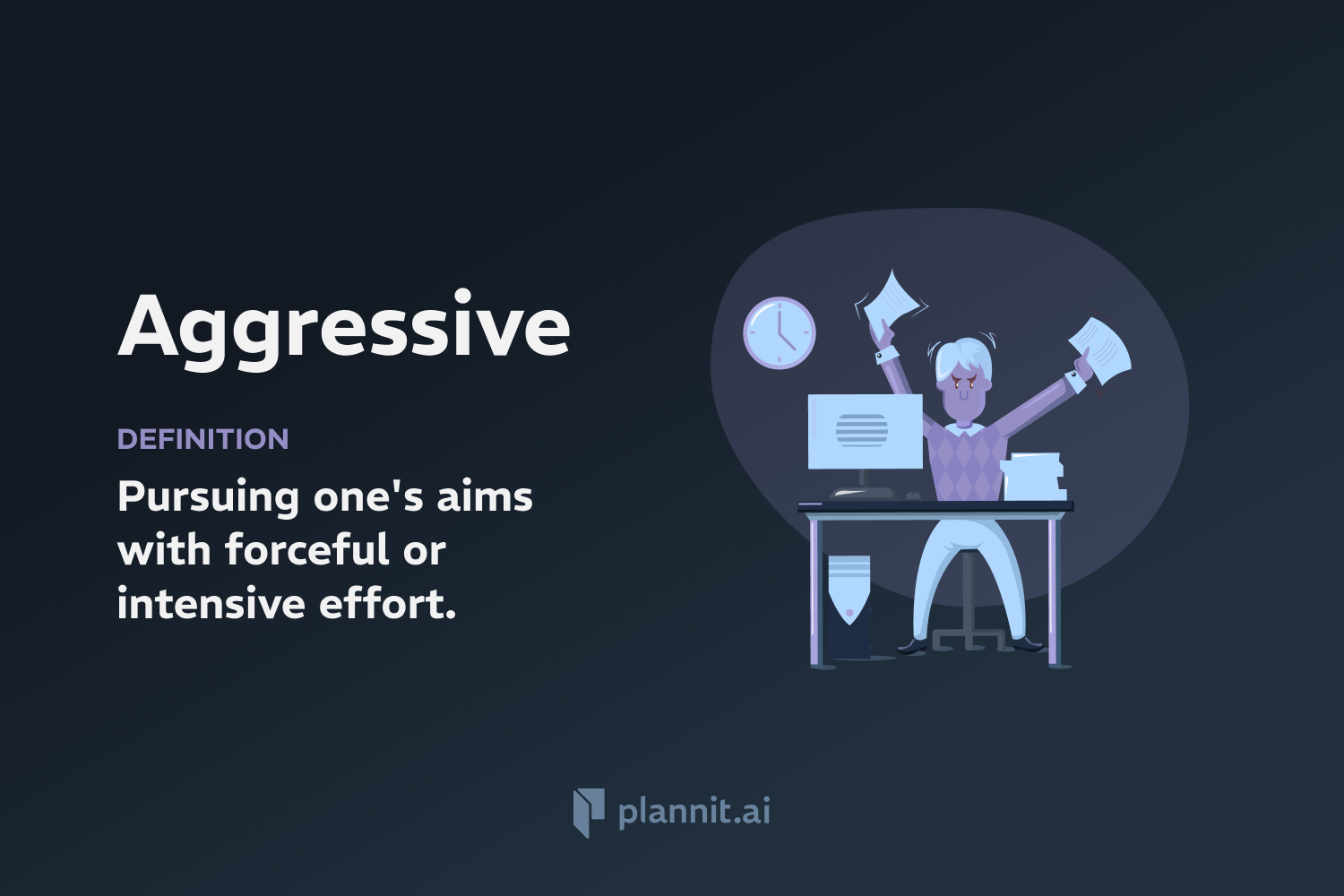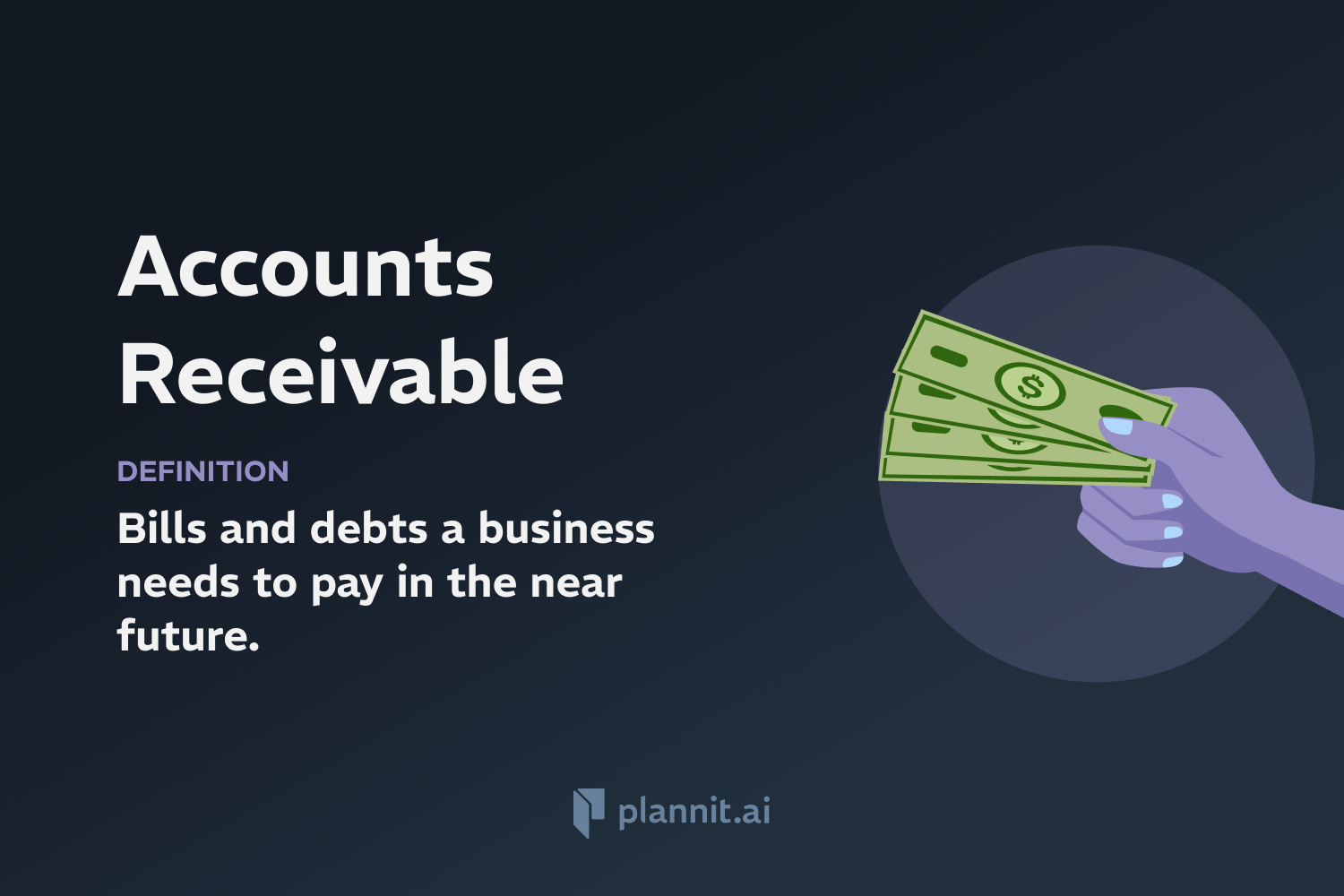Need Help With Your Business Plan?
Answer tailored questions and get a detailed business plan in minutes.
Merger and Acquisition (M&A): Definition & In-Depth Explanation
Definition:
Merger and Acquisition (M&A) refers to the aspect of corporate strategy, corporate finance, and management dealing with the buying, selling, dividing, and combining of different companies and similar entities. This process can help an enterprise grow rapidly in its sector or location of origin, or branch out into new fields without creating a subsidiary, other child entity, or using a joint venture.
Context of Use:
M&A activity is common in business sectors that are undergoing rapid changes and consolidation, like technology, pharmaceuticals, and energy. It is used by companies seeking new market opportunities, greater market share, increased synergy, or new niche offerings.
Purpose:
The primary purpose of M&As is to achieve strategic objectives such as diversification, growth in revenue, cost reduction, or enhancing market share. Other motives include gaining new technology, specific assets, or personnel skilled in certain areas.
Example:
Horizontal Merger: Two companies in the same industry that are direct competitors merging to consolidate market share and reduce costs.
Vertical Acquisition: A company acquiring its supplier or distributor to control its supply chain more effectively.
Related Terms:
Due Diligence: The comprehensive appraisal of a business undertaken by a prospective buyer, especially to establish its assets and liabilities and evaluate its commercial potential.
Synergy: The concept that the value and performance of two companies combined will be greater than the sum of the separate individual parts.
Hostile Takeover: An acquisition attempt by a company or raider that is strongly resisted by the target company's management and its board of directors.
FAQs:
1. What are the differences between a merger and an acquisition?
A: In a merger, two companies agree mutually to combine and form a new entity, while in an acquisition, one company is completely absorbed by another. The former is often viewed as a partnership for mutual benefit, while the latter can be friendly or hostile.
2. How do companies benefit from M&As?
A: M&As can help companies achieve economies of scale, reduce competition, access new markets, increase supply chain pricing power, reduce costs, and expand their operations.
3. What are the challenges associated with M&As?
A: Challenges include cultural integration, actualizing envisaged synergy, the high cost of the transaction, regulatory approvals, and potential market and customer backlash.
4. How are M&As financed?
A: Financing methods include cash transactions, stock-for-stock transactions, or a combination of both. Sometimes, debt financing might also be employed to finalize the deal.
5. What role do investment banks play in M&As?
A: Investment banks often advise on M&As, helping with valuation, negotiation, the structuring of transactions, and the arrangement of financing.
Get funding with a business plan that will impress investors.
Starting a New Business?



